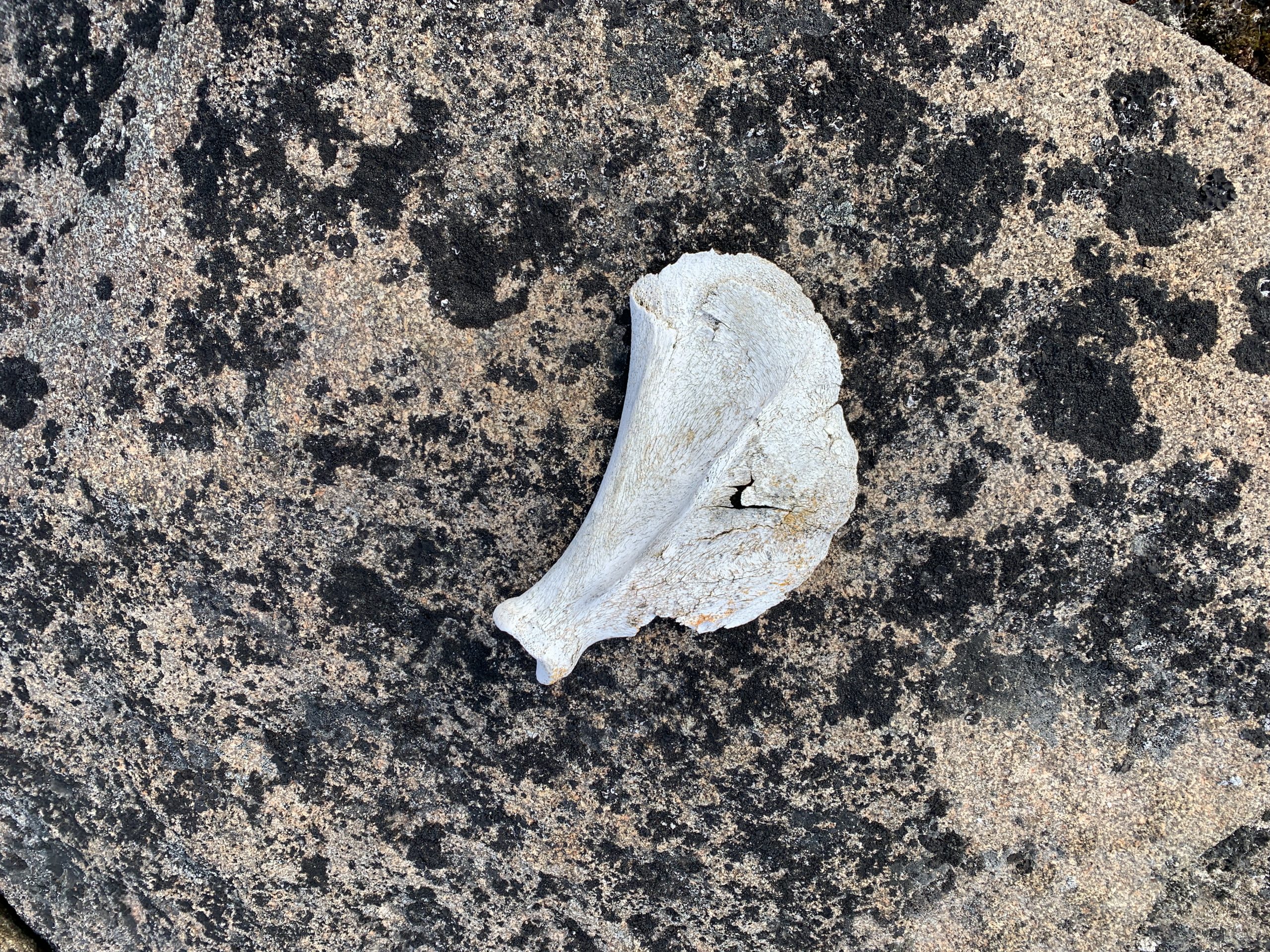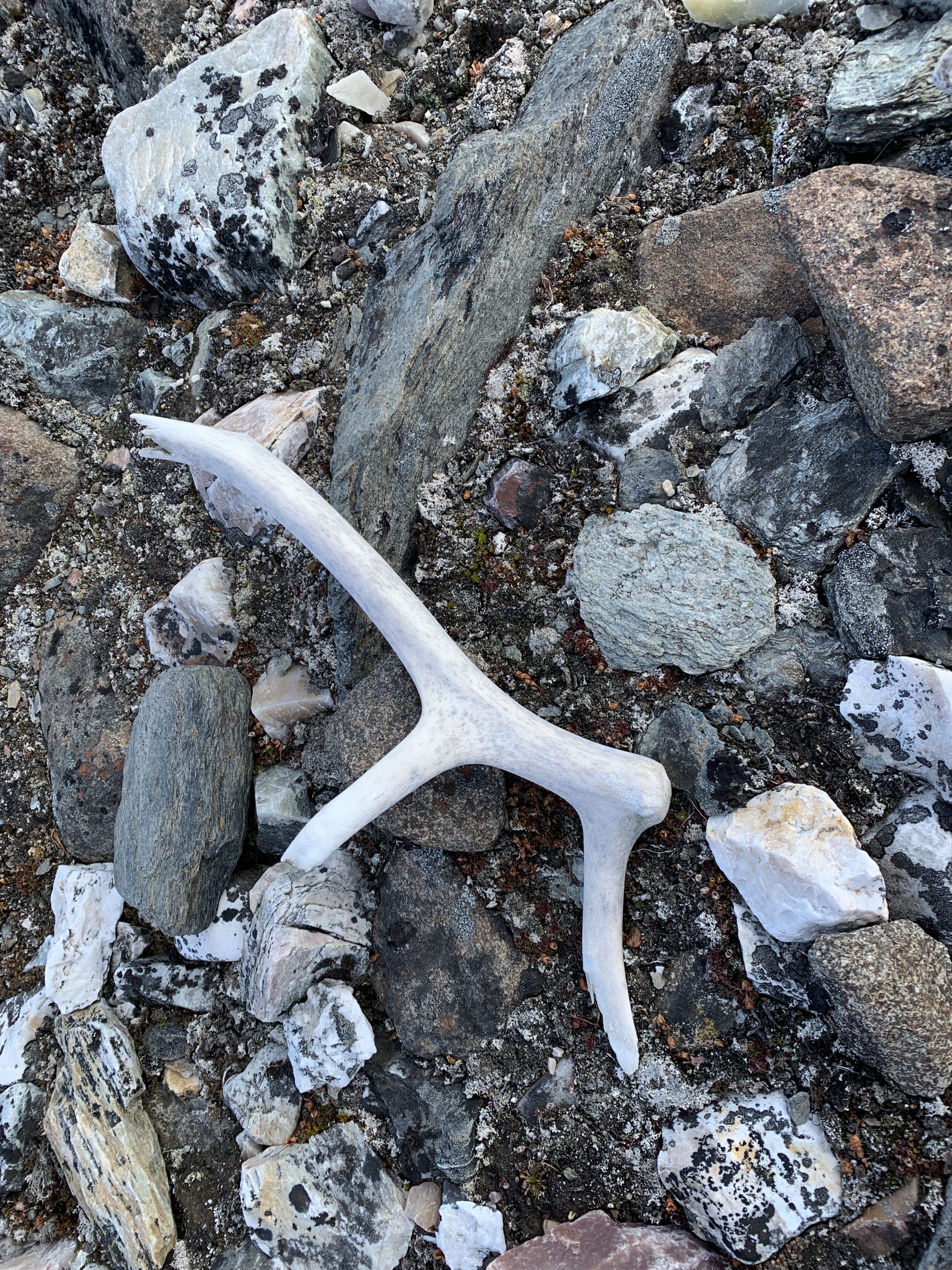Scores of humans and thousands of animals have lost their lives unnaturally in these remote areas.
With its enforced hull the ship does a much better job of crunching its way through the ice than a meagre zodiac, even though the rubber boats are of military quality. We spend the morning gliding at a leisurely pace through the pack ice at Hinlopen Strait, which is at about 80ºN.
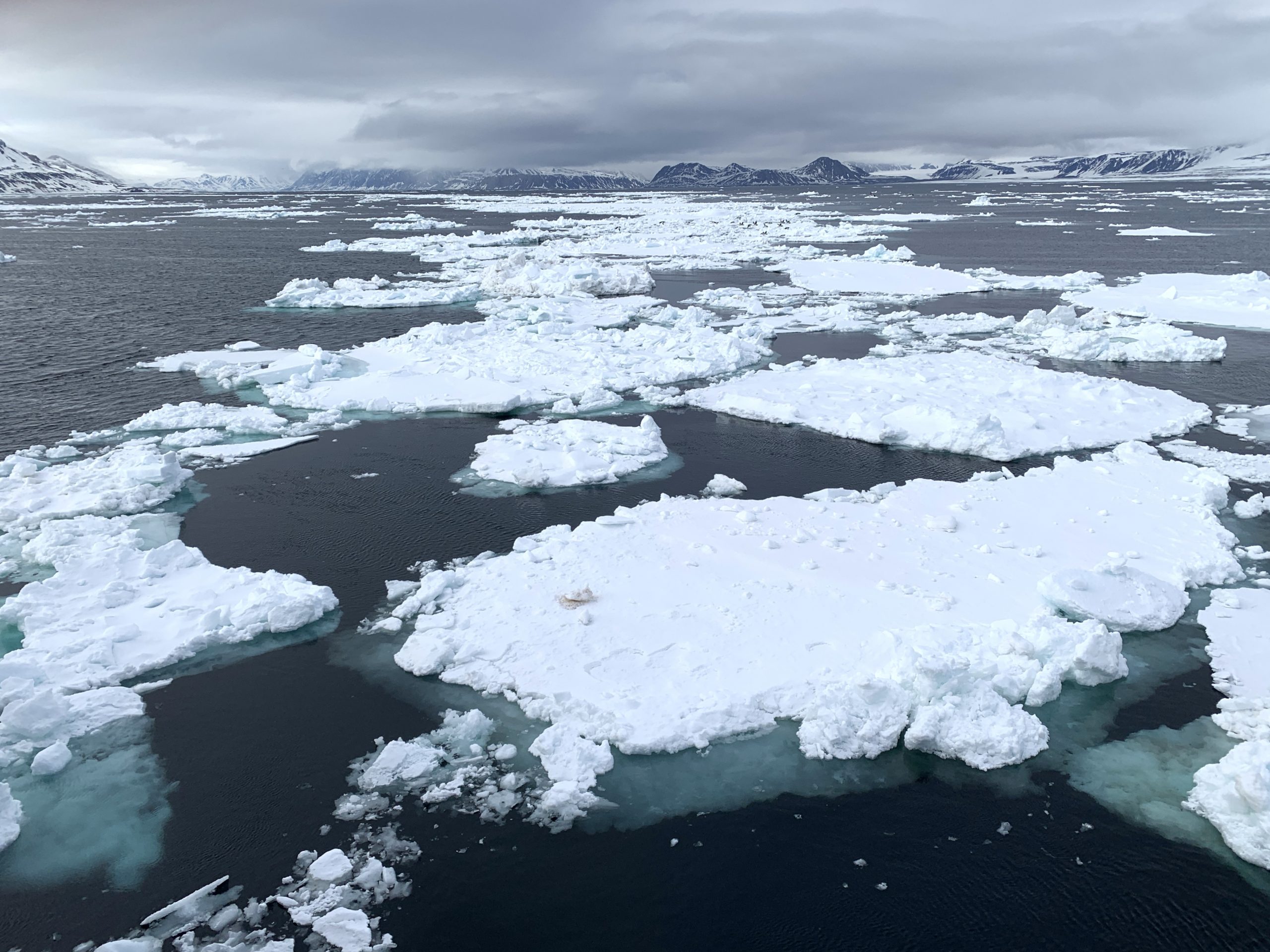
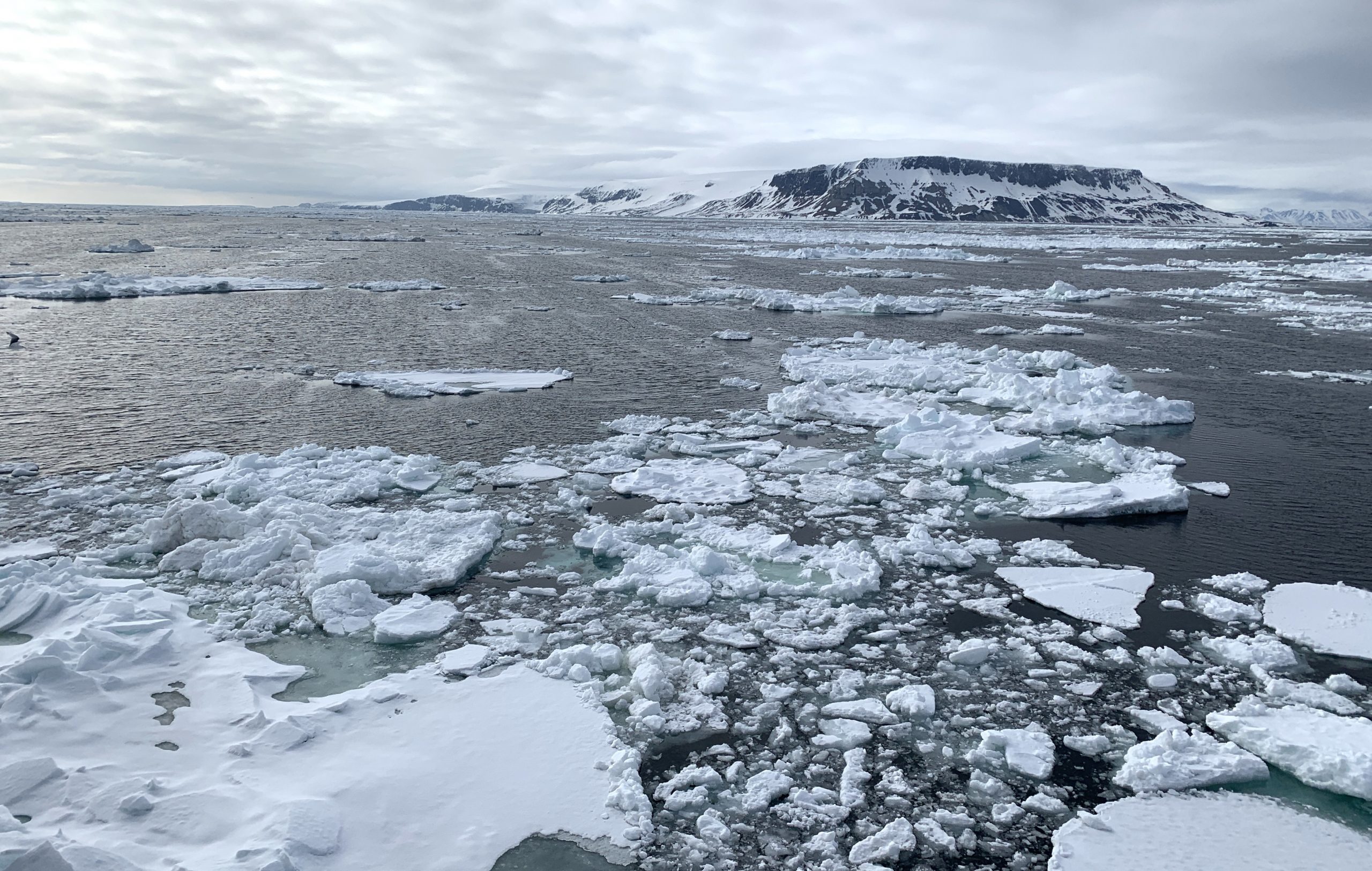
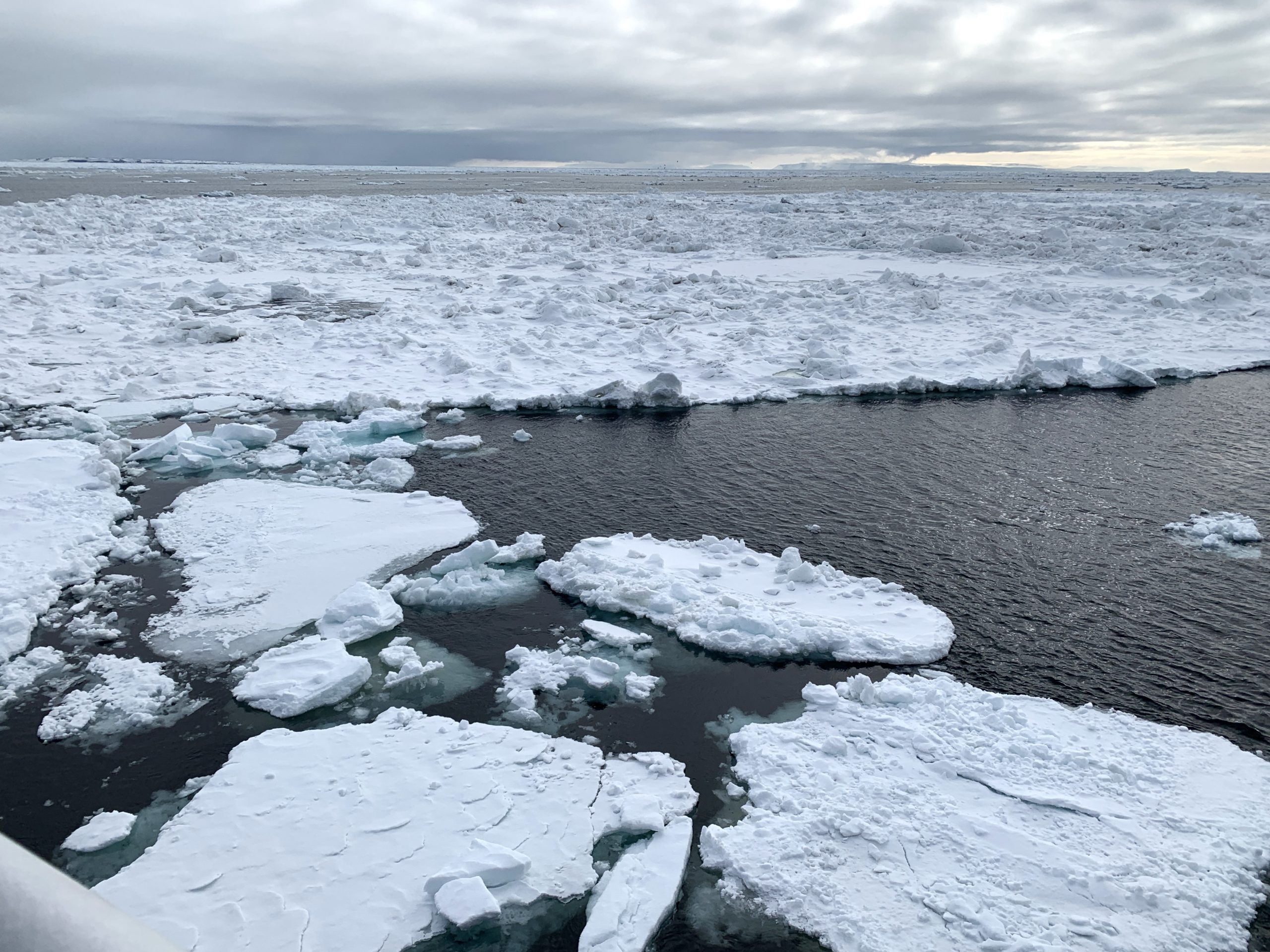
We see a bearded seal on an ice floe. And what looks like blood on another ice floe. It could very well be the remnants of a polar bear kill.

This must be the right time to get a picture of myself.

In the afternoon we make a landing with the zodiacs in Sorgfjord (Sorrow Fjord) and hike for about two hours, the first part in our regular boots and the last part on snowshoes.
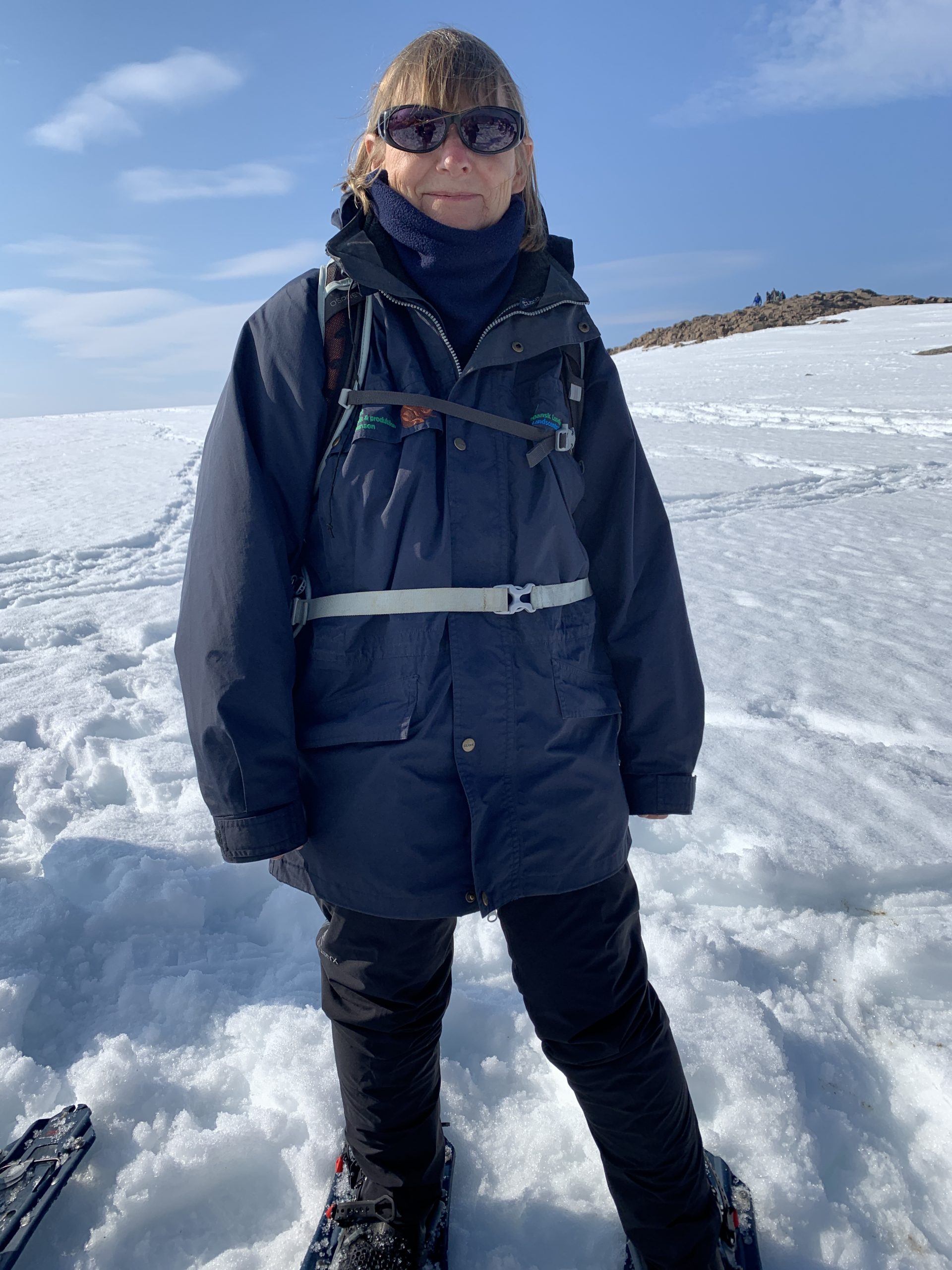


A cross erected by a ship’s crew in the 19th century is a prominent feature in the landscape.
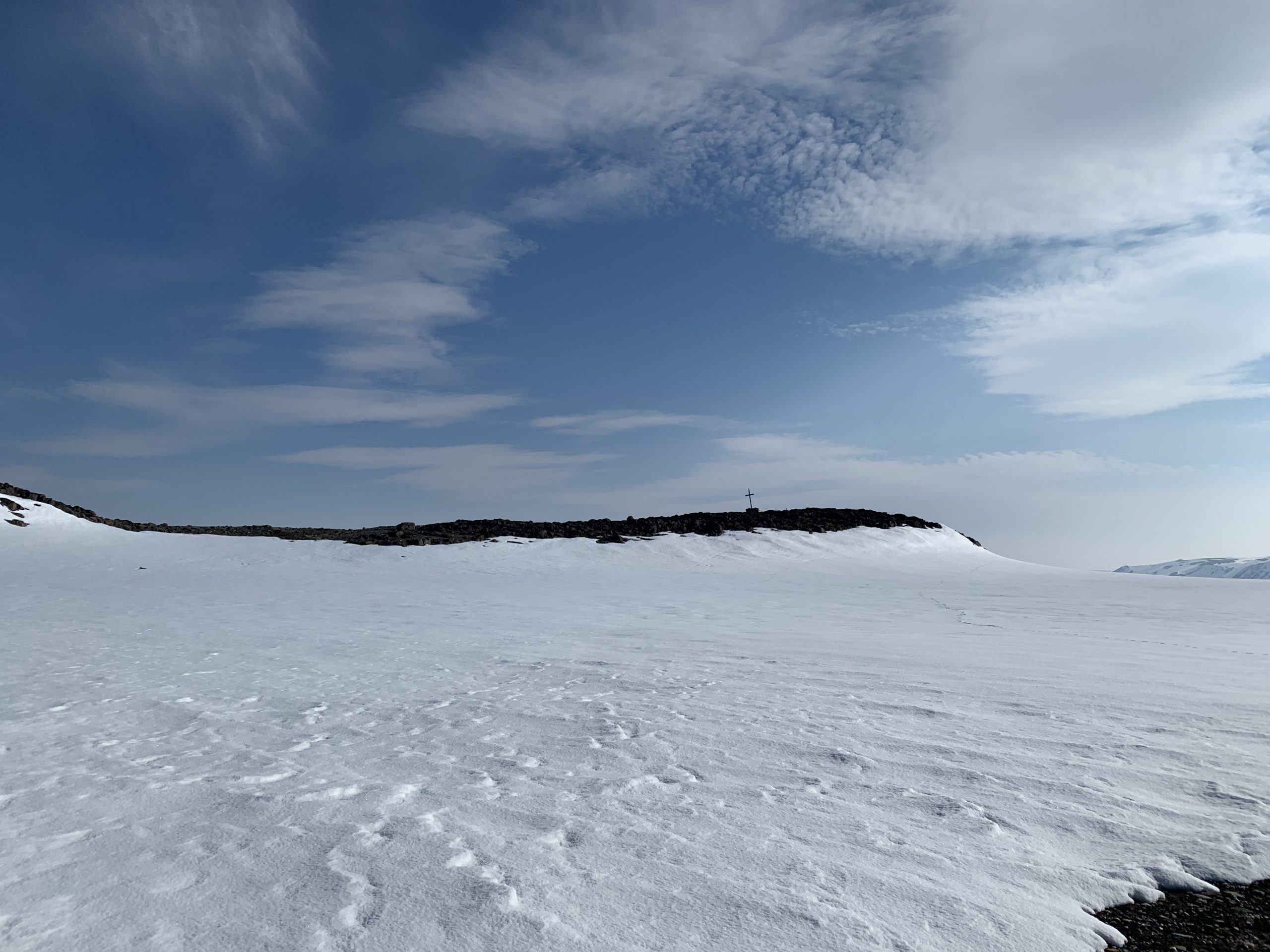
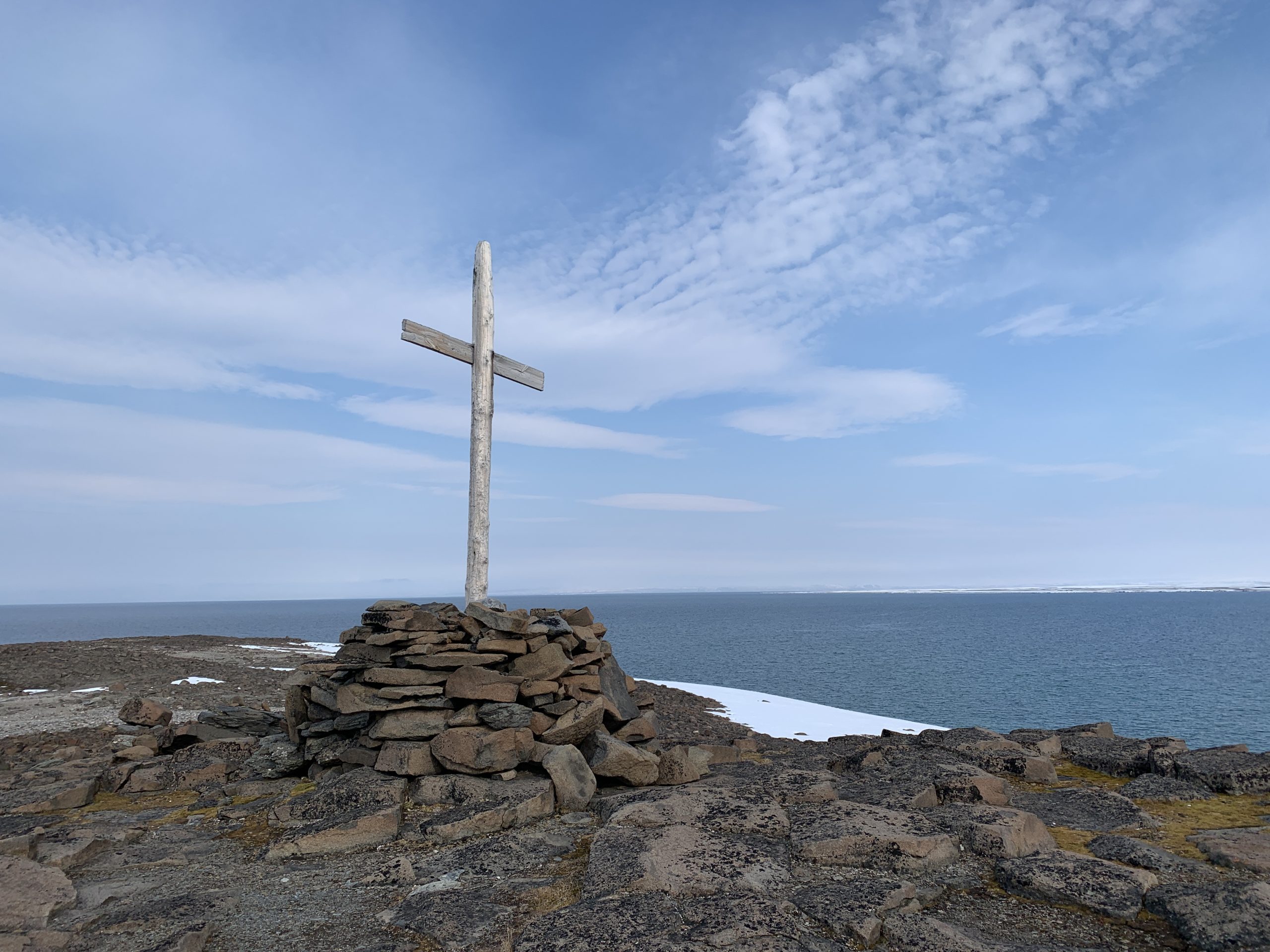
Close by are the remains of graves marked by stones. In the 17th century there were skirmishes between French and Dutch whalers in the area, which resulted in many deaths and sunken ships.
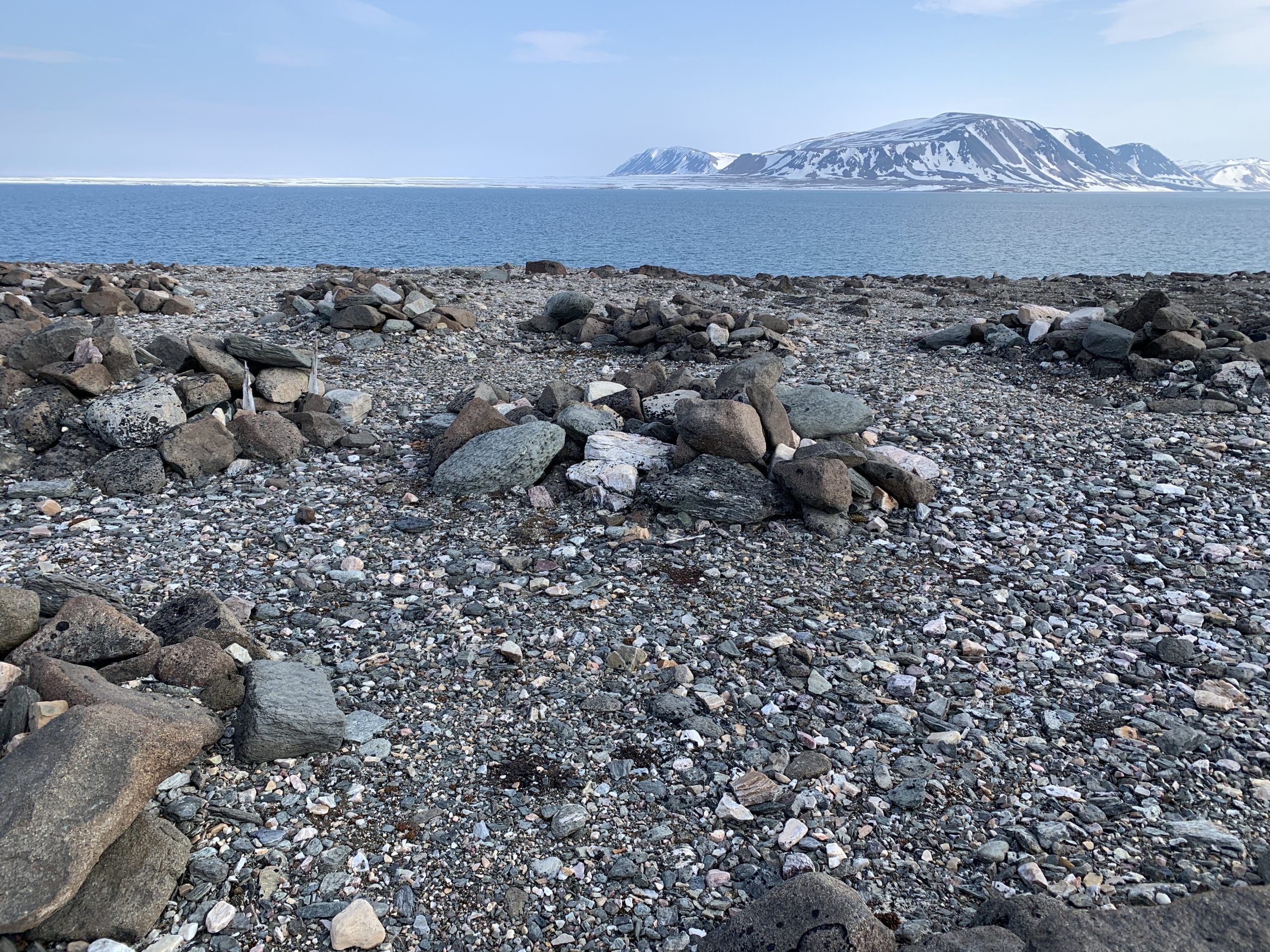
Although Svalbard looks like an almost pristine landscape, people have left their mark. In previous times, whalers hunted whales for the lucrative whale oil trade.
Walruses were hunted for their valuable tusks, and polar bears and foxes were hunted and trapped for their furry, white pelts. Tens of thousands of animals were killed and at last, very few were left. There are still remains of trappers’ and hunters’ huts here and there. It must have been a harsh life, even for those who only stayed for the summer.
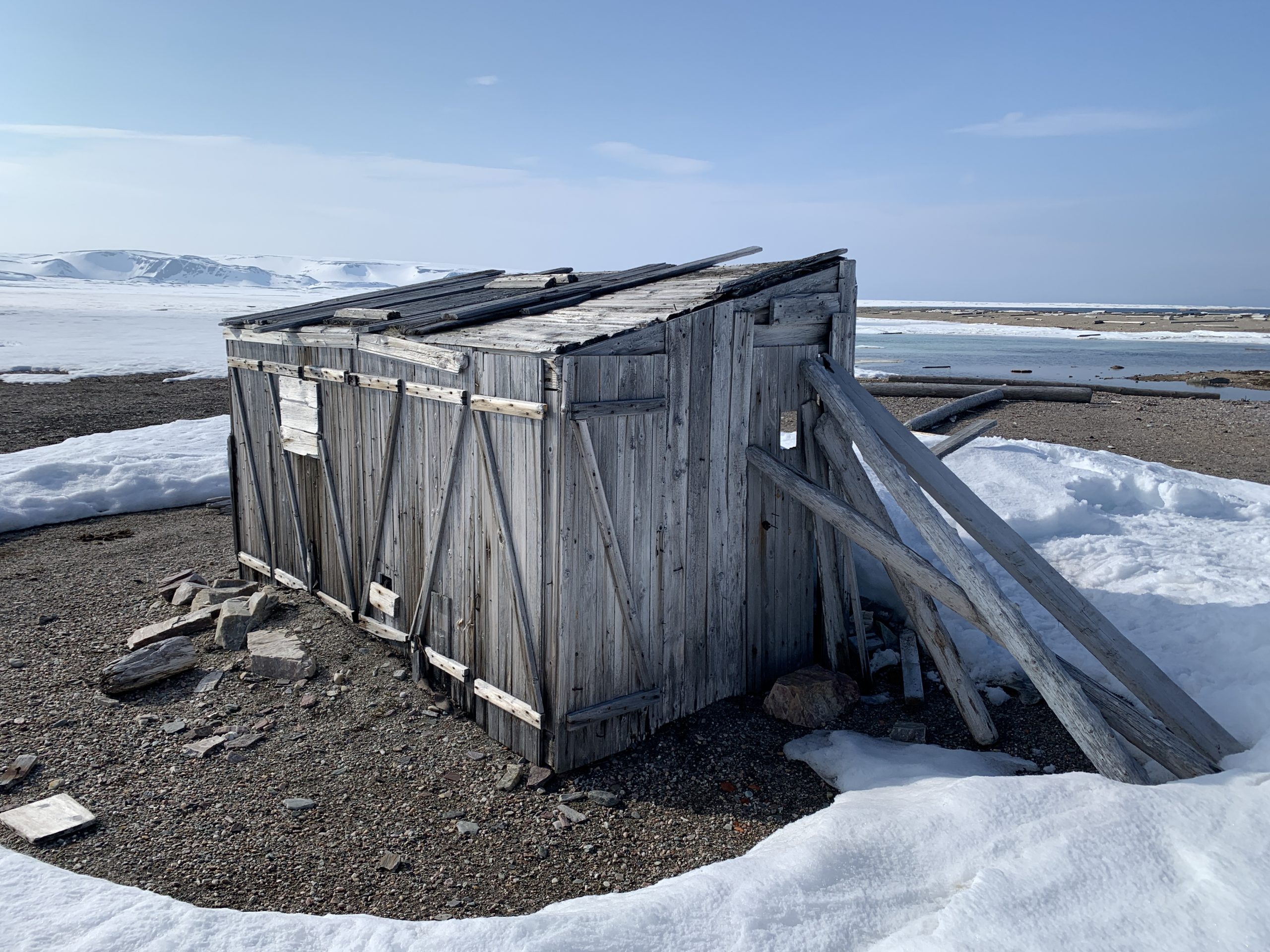
Fortunately, times have changed and the wildlife populations have rebounded, although not to their previous levels. Now all we see are bones left by natural deaths or polar bear kills, shed reindeer antlers, and purple saxifrage.
